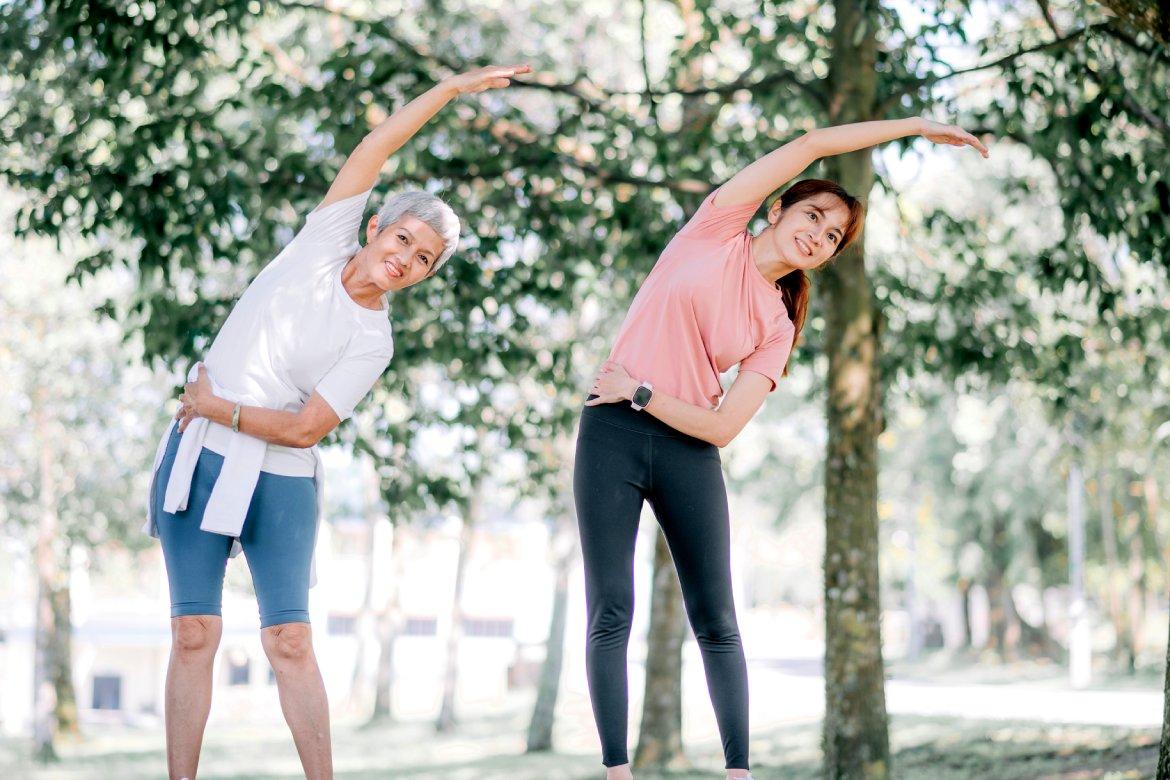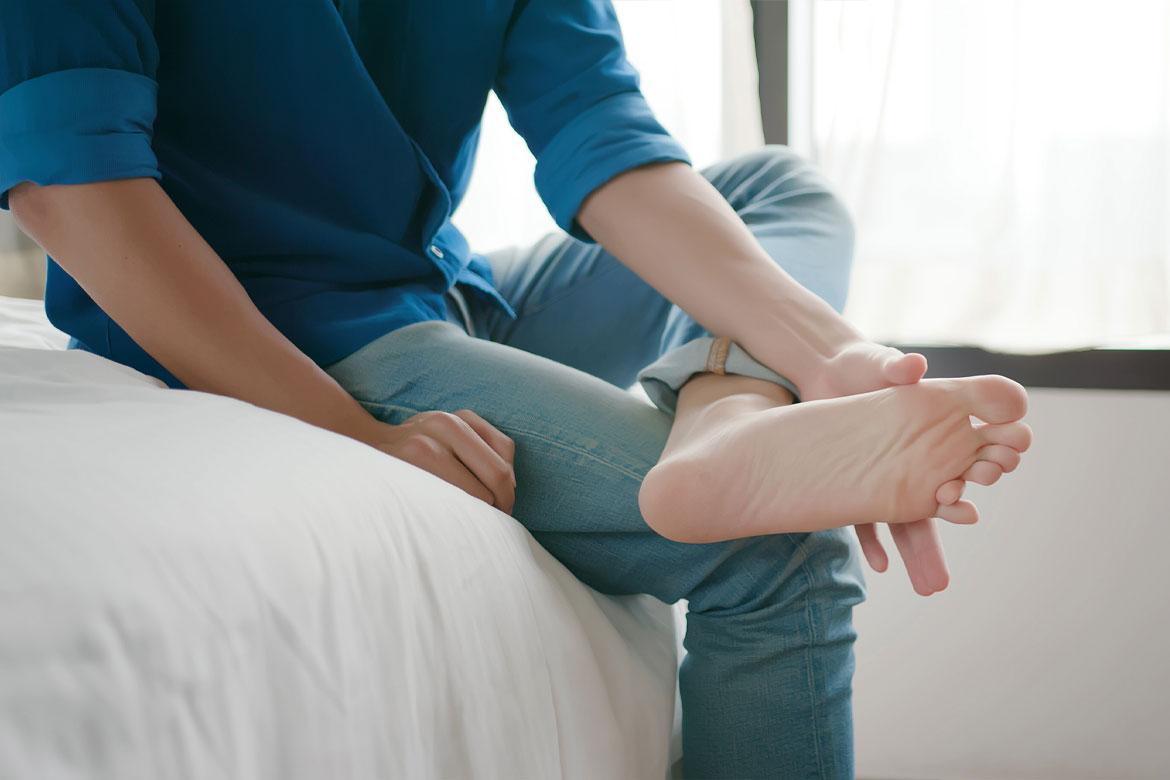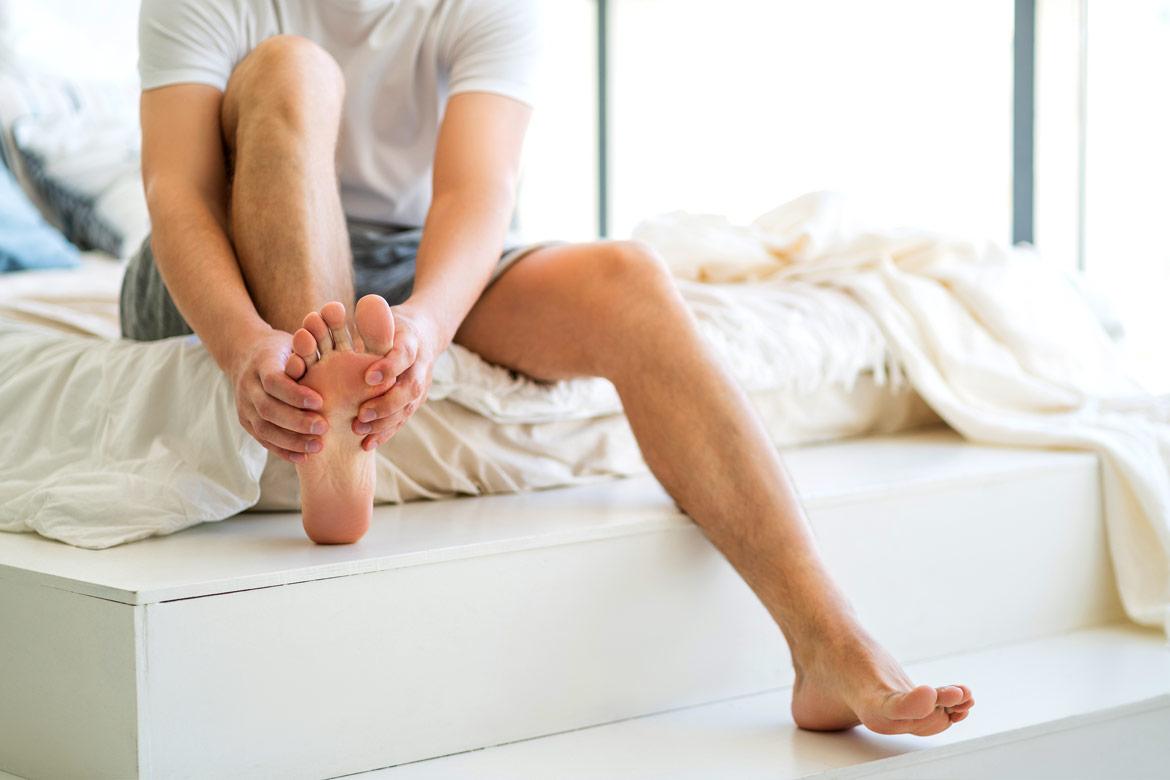
Bow Legs (Genu Varum)
How are bow legs diagnosed?
Bow legs can be diagnosed through several tests. These may include:
- Physical examinations to observe how your child walks and to assess if the bowing is symmetrical or if one leg is more severely bowed than the other. For children below 2 years of age, symmetrical bowed legs may not require further testing.
- X-rays if one leg is more severely bowed than the other, or if the child is above 2 years of age. The X-ray can reveal if the bowed legs are caused by rickets or any other bone abnormalities.
- EOS imaging, which is an alternative to conventional X-rays. It is a low-dose (less radiation) weight-bearing technology that simultaneously takes 2-dimensional and 3-dimensional full-body images of the skeleton from the front and side view.
- Blood tests might be used to determine if the bow legs are caused by deficiencies in calcium or vitamin D, or if the bow legs are caused by Paget’s disease.
How are bow legs treated?
Depending on the cause, bow legs may be treated using non-surgical or surgical methods:
Non-surgical methods
Depending on the severity of the condition and age of the patient, bow legs may be treated through:
- Supplements and medication, if the child has rickets.
- Bracing and other orthopaedic devices to correct bowing in younger children. This treatment is not effective for teenagers.
- Guided growth, a technique that involves the use of a temporary tether at the normal outer growth plate at the knee in a younger child, or a permanent tether in an older child.
Surgical methods
The following procedures are usually recommended if non-surgical options are insufficient to correct the bowing, or if the patient is no longer growing (e.g. adults):
- Osteotomy, a type of bone surgery, to realign or straighten the leg. For moderate cases, the leg may also be stabilised by inserting a plate or rod. For severe cases, an external fixator may be needed, in which pins are used to connect the bone to an external device.
- Limb-lengthening surgery can help to correct situations where bow legs have caused one leg to be shorter than the other.
This coverage checker is brought to you by Health Insured, an online resource that helps you understand your health coverage in Singapore.
This page has been reviewed by our medical content reviewers.
Need help?
For enquiries, please call
+65 6250 0000 (Orchard) or +65 6898 6898 (Novena)
For appointment bookings, please WhatsApp
+65 8111 7777 (Orchard) or +65 8111 5777 (Novena)
 Brain & Spine Care
Brain & Spine Care







